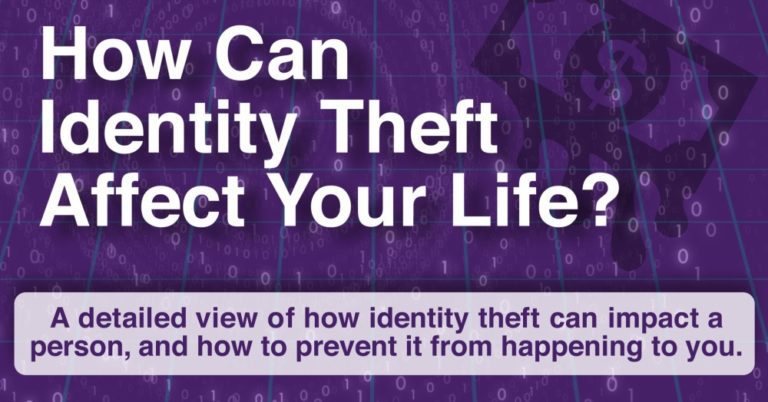Identity Theft’s Reality

ID Agent is excited to offer this guest blog post from Megan Wells. Megan is a data journalist and content strategist at InvestmentZen who has written content on how data theft impacts Americans, technological interventions for personal and commercial finance and content for IBM and NASDAQ. With her examination of costs and the impact of Data Breaches, she shares how detrimental identity theft can be for MSP customers and their employees. Be sure to download her useful Infographic at the link below!
Data breach. Customer information stolen. Identity theft. Those words are enough to cause panic to a small business owner or manager. However well protected they think they are, they fail to realize that criminals on the Dark Web are one step ahead.
Many don’t understand what a data breach is and think it only happens to big companies like Equifax, Target and Home Depot. Yet, employee errors account for 30% of data breaches as the following examples show and small businesses have employees, right?
- A medical office employee emails patient data without encrypting the email.
- An employee attaches a document to an email that contains a customer’s SSN and account number.
- Malware enters a company’s servers through an internet download and steals customer and business data.
- A hacker breaks into the business network and downloads credit card data.
- A company laptop with customer information on it gets stolen.
Any company that stores customer information, regardless of size, is vulnerable and at risk for a data breach. And data breaches lead to identity theft for business owners and customers.
The negative press to a business from a data breach is bad enough. The risk of identity theft to customers and owners takes it to another level. Over $16 billion was stolen from consumers in 2016, roughly $1,300 per victim. While that amount may seem low (in perspective), the time involved is not. Theft caught early might take eight hours to resolve; for many, however, hundreds of hours are spent reclaiming their identity. Then there’s the person that never fully restores his or her identity–one in four victims faces this reality.
It’s in a business’ best interest to do everything possible to reduce its exposure to data breaches and the high cost of damage control (negative press, lost revenue, customer reparation). Businesses and consumers must work together to safeguard nonpublic, personal information. All our identities and millions of dollars are at stake.